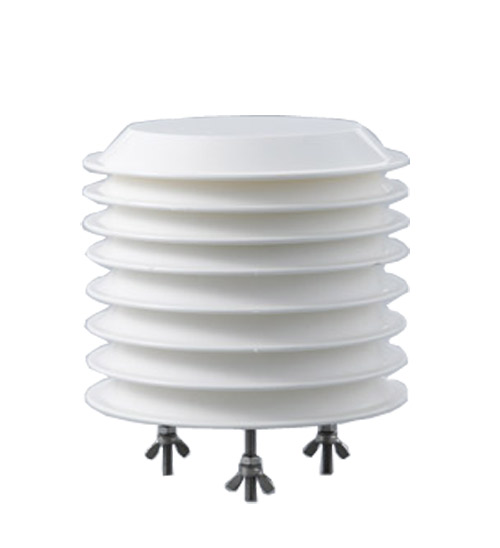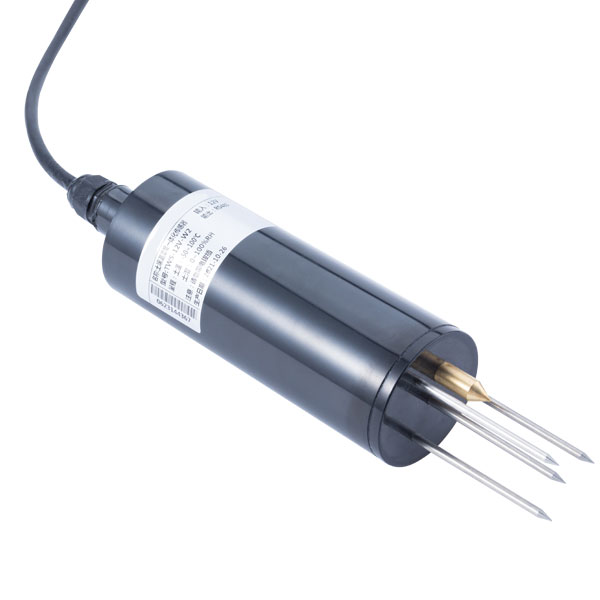

— Blogs —
—Products—
 Consumer hotline +8618073152920
Consumer hotline +8618073152920 WhatsApp:+8615367865107
Address:Room 102, District D, Houhu Industrial Park, Yuelu District, Changsha City, Hunan Province, China
Product knowledge
Time:2021-12-05 19:52:32 Popularity:1826
Remote terminal unit RTU function introduction
Remote terminal unit
The English abbreviation of Remote Terminal Unit is RTU.
A special computer measurement and control unit with modular structure designed for long communication distance and harsh industrial site environment. It connects the terminal detection instrument and actuator with the main computer of the remote control center, and has remote data acquisition, Control and communication function, can receive the operating instructions of the host computer, and control the actions of the terminal actuators, abbreviated as: remote terminal unit.
It connects the terminal detection instrument and the actuator with the main computer of the remote control center, has remote data acquisition, control and communication functions, can receive the operation instructions of the main computer, and control the actions of the end actuator.
According to the definition in the national standard CB/T 14429-93 "Terms of Remote Control Equipment and Systems", remote control refers to the application of communication technology to complete functions such as remote measurement, remote signaling, remote control and remote adjustment, referred to as "four remotes"
Features of remote terminal unit RTU
(1) The communication distance is long, and a variety of communication ports are provided at the same time to meet the different communication requirements of scattered applications and locals.
(2) The CPU has strong computing power and provides large-capacity program and data storage space, which is suitable for in-situ operations and secure storage of large amounts of data.
(3) Adapt to harsh temperature and humidity environment, working environment temperature is -40~+85℃.
(4) The modular structure design is easy to expand.
Remote terminal unit RTU hardware
RTU's hardware mainly includes functional modules such as CPU, memory, and various input and output interfaces.
These modules are integrated into the circuit board, and each functional module connection of the RTU is completed through the circuit board wiring.
The CPU is the central system of the RTU controller, responsible for processing various input signals, and completing the output after arithmetic processing.
The memory is the RTU memory system, used to store various temporary or permanent data.
Among them, the switch input unit: collects various on-site switch signals. The on-site signal can be a relay contact switch (passive), a voltage signal, or a current signal.
Due to the use of optical isolation devices, it can resist various interferences on site, and can work normally in strong electric fields, strong magnetic fields, dusty, and humid environments.
Switch output unit: used to remotely control the start and stop, sound and light, and alarm of remote equipment.
Analog input unit: adopts analog switch and photoelectric isolation technology to collect various analog signals on site, which can be 4-20mA, 0-10mA standard analog signals;
It can also be a non-standard analog signal, such as AC 220V, etc. The A/D board adopts intelligent A/D conversion and software technology, which can resist 50Hz interference of power frequency, radio frequency interference, etc., and the accuracy of A/D conversion is up to 14 bits.
The analog quantity circuit is isolated, which can be used for the simultaneous acquisition of different ground potential equipment.
Analog output unit: used for various automatic control systems in PID adjustment mode.
Pulse input unit: the frequency of collecting pulse signals, with optical separation. The frequency range of the collected signal is 0-20MHz.
Digital input unit: Receive various serial data signals.
It can be RS485 interface, RS232, RS422 interface, or asynchronous serial data under various baud rates such as V11 and V28. It can also collect 64K synchronized data.
Including various communication methods such as RS485 interface, RS232 interface, Ethernet interface, and HART instrument interface.
Remote terminal unit RTU software
The remote terminal unit RTU software is divided into three types:
Operating system, monitoring software, functional application software.
operating system:
Generally, RTU adopts real-time multitasking operating system (RTOS). RTOS is the foundation and development platform of embedded application software. At present, most embedded software development in China is directly written based on the processor. Commercial RTOS is not used, and system software cannot be used. It is handled separately from the application software.
RTOS is a piece of software embedded in the Japanese standard code, and other user applications are built on RTOS.
RTOS is also a highly reliable real-time kernel. It packs resources such as CPU time, interrupts, I/O, timers, etc., leaving a standard API for the user, and according to the priority of each task, it is reasonable to choose between different tasks. Allocate CPU time between.
Various hardware drivers, expert library functions, industry library functions, and product library functions can be written on the basis of RTOS.
Efficient multitasking support is the main line of RTOS design from beginning to end. The use of the RTOS management system can unify various tasks, optimize the allocation of CPU time and system resources, and make them not idle or congested.
Monitoring software:
Program modules such as device driver, data acquisition and control, database management, communication, fault diagnosis and man-machine interface—mainly complete the following functions:
(1) The communication interface driver of the communication system connected to the SCADA control center.
(2) Connect the device driver of the field I/O device.
(3) Scanning, processing (filtering and calibration calculation, etc.), and storing field data.
(4) Signal transmission: exchange information with the SCADA system control center or with other RTUs.
(5) Response to the SCADA control command sent from the communication network.
(6) On-site regulation system control, PID loop control is the most basic way, and some complex regulation systems are also based on PID loop control.
(7) Logic sequence control, such as the receiving and dispatching control of the pig, the start and stop control of the pump unit, the crane loading control, and the oil tank switching process switch belong to this category.
(8) Equipment self-diagnosis, program self-recovery, fault diagnosis up to the plug-in level.
(9) Man-machine interface: including keyboard, buttons, display screen, etc.
(10) Alarm and automatic protection processing.
(11) Some RTUs have file systems to support file downloads, and the supported download files include user programs and setting files.
Functional application software:
According to different RTU application production objects, manufacturers develop many different applications.
Sensors & Weather Stations Catalog
Agriculture Sensors and Weather Stations Catalog-NiuBoL.pdf
Weather Stations Catalog-NiuBoL.pdf
Related recommendations
Related products
 Atmospheric Temperature Humidity Pr···
Atmospheric Temperature Humidity Pr··· Soil Temperature Moisture Sensor 4-···
Soil Temperature Moisture Sensor 4-··· Air temperature, humidity and atmos···
Air temperature, humidity and atmos···
Screenshot, WhatsApp to identify the QR code
WhatsApp number:+8615367865107
(Click on WhatsApp to copy and add friends)